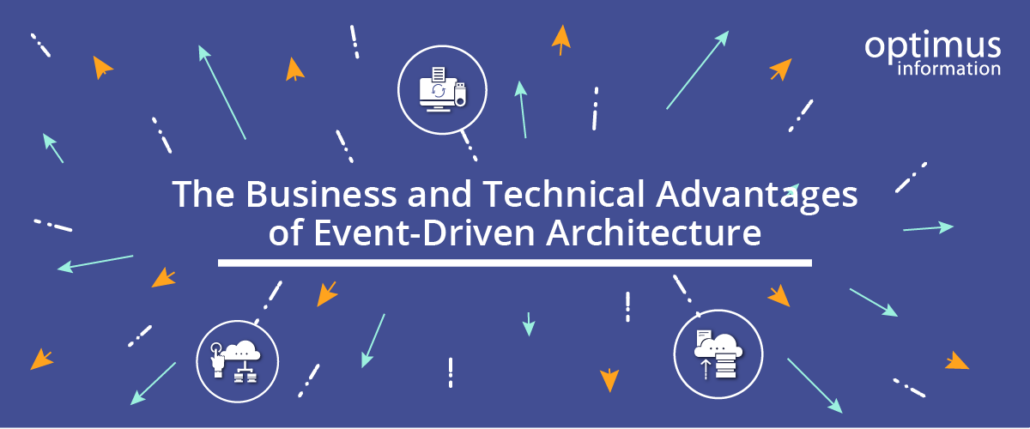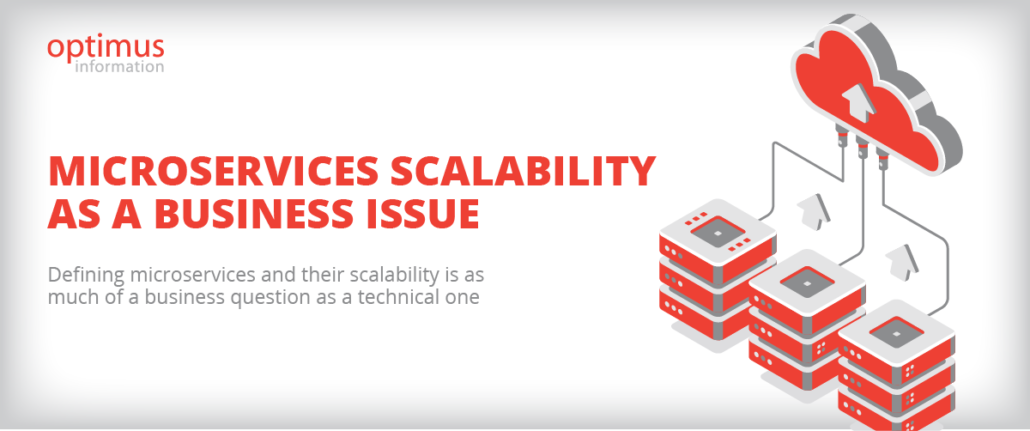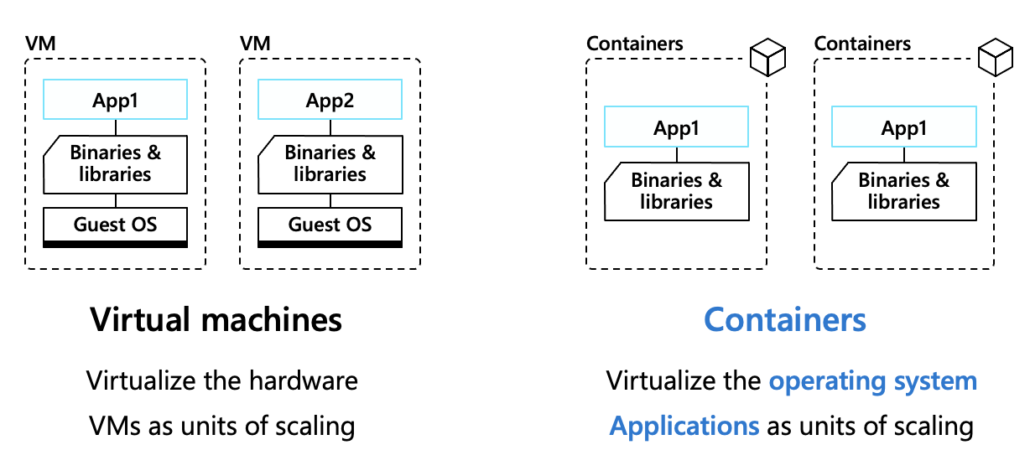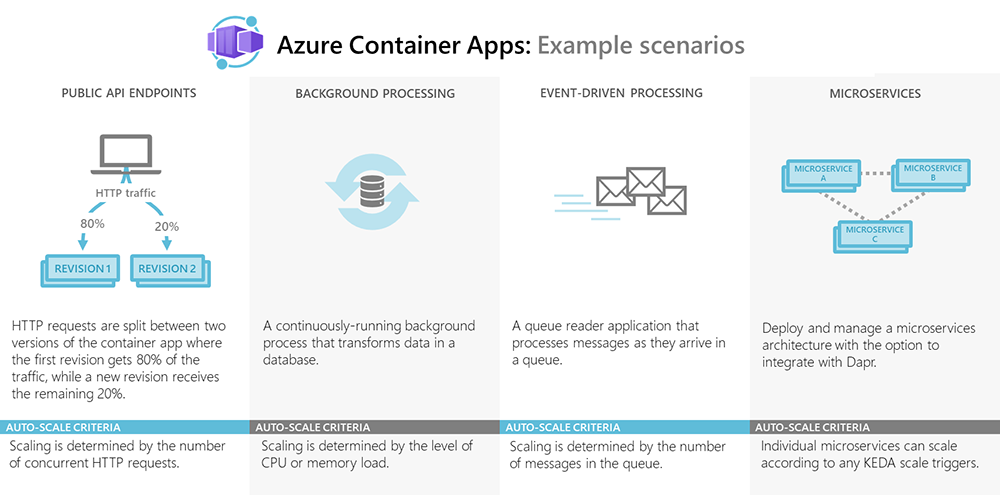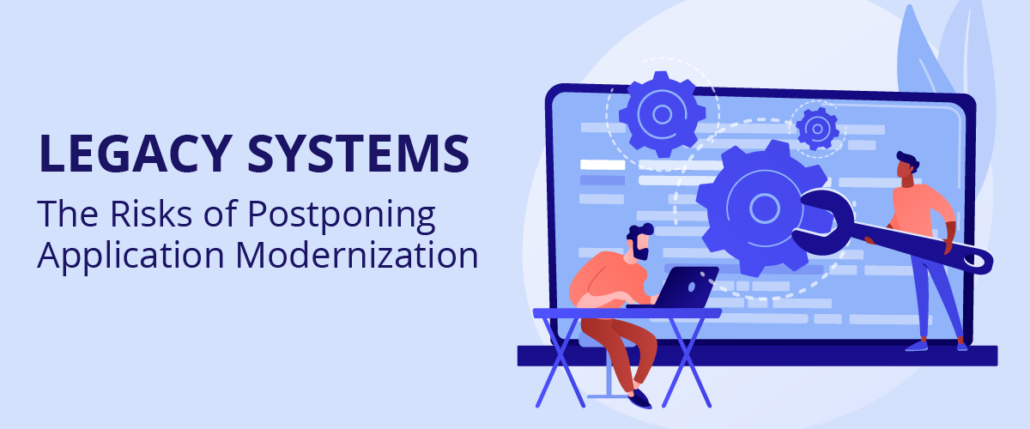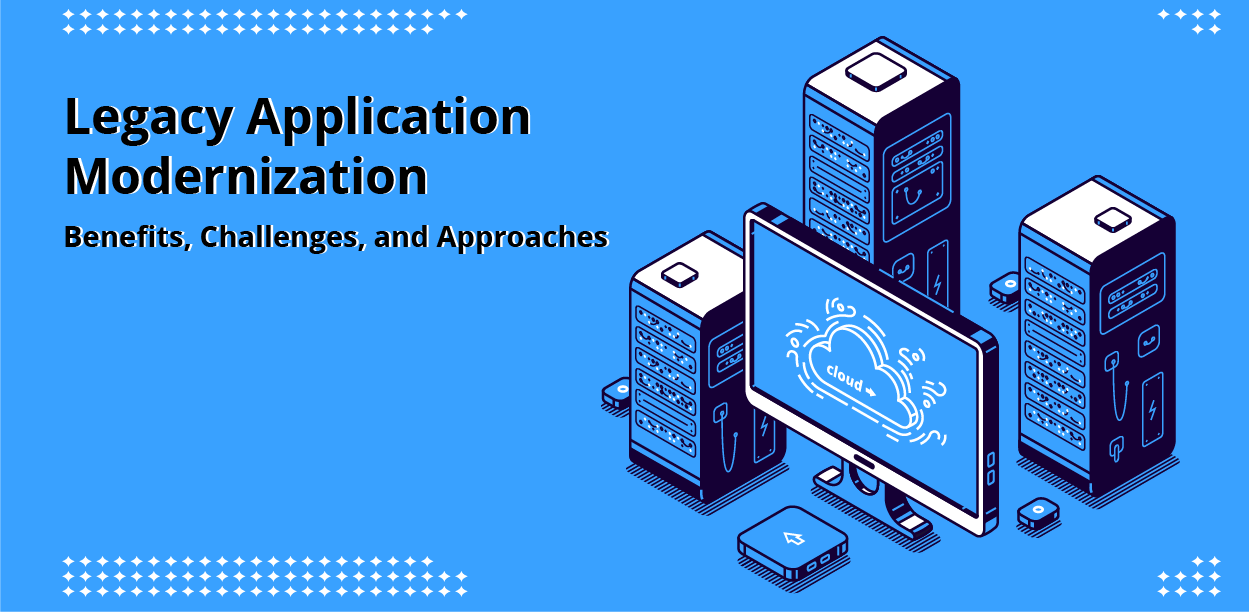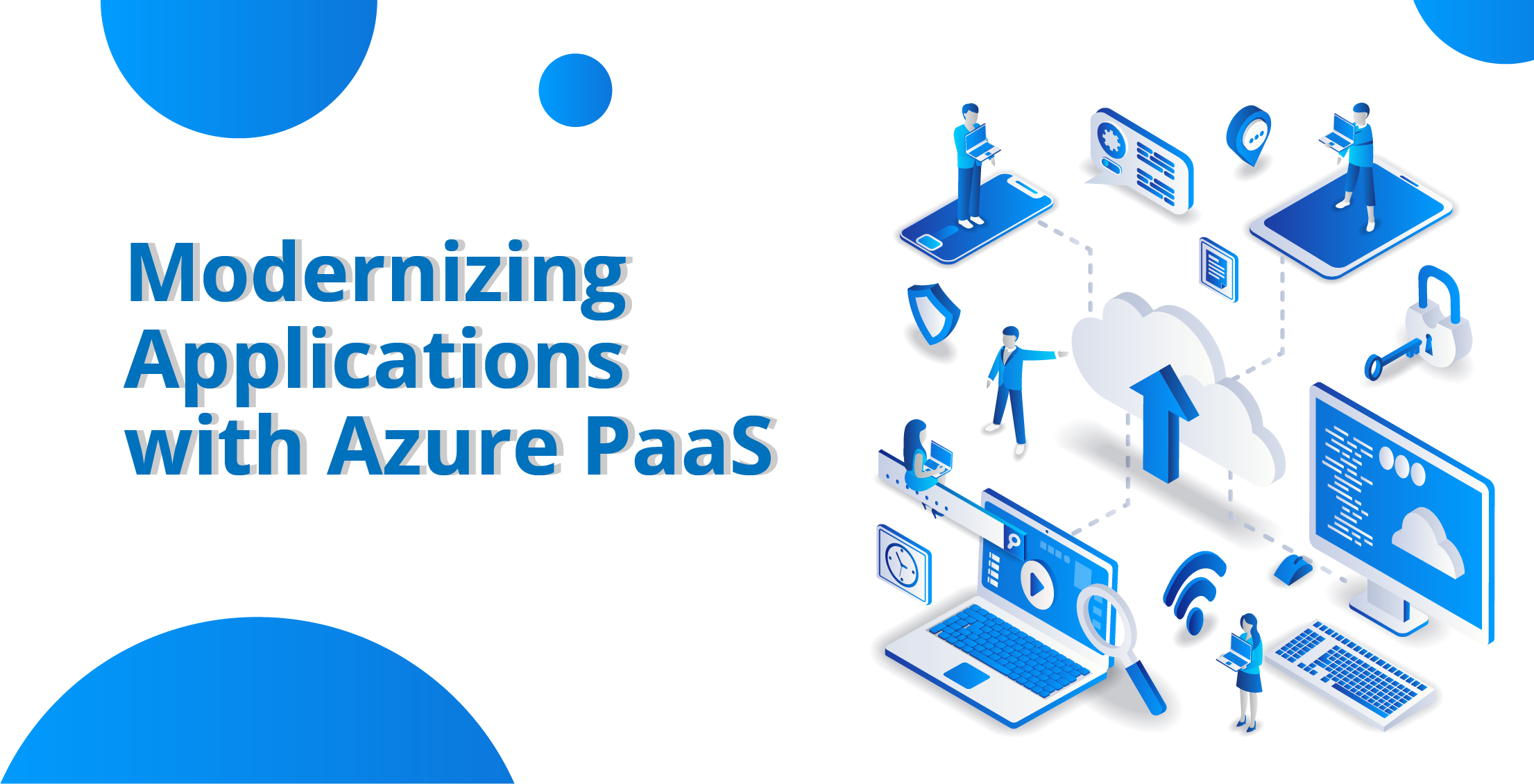Event-driven architecture (EDA) is rapidly becoming a critical component for modern digital transformation initiatives. By focusing on the flow of events within an organization, EDA enables systems and teams to operate with greater efficiency, flexibility, and responsiveness. In this article, we explore what is Event-Driven Architecture, the main advantages of adopting an event-driven architecture, and why it’s a key enabler for both technological and organizational transformation.
What is Event-Driven Architecture (EDA)?
Event-driven architecture (EDA) is a design paradigm that focuses on the production, detection, consumption, and reaction to events. In EDA, events are changes in state—such as a new customer sign-up, an order being placed, or an inventory update—that trigger reactions or actions within the system. Unlike traditional architectures, where systems might communicate in a tightly coupled, synchronous manner, EDA relies on loosely coupled components that communicate asynchronously.
This approach allows systems to react to changes asynchronously, resulting in greater flexibility, scalability, and resilience. Other common architectural styles include:
- Monolithic Architecture: A traditional, single-tiered software structure where all components are interconnected and managed as one. It can be efficient but is often difficult to scale and maintain.
- Microservices Architecture: Involves breaking down applications into smaller, independent services that can communicate with each other. Microservices are scalable and flexible but often require complex management.
- Service-Oriented Architecture (SOA): A methodology where different services communicate with each other over a network. SOA emphasizes reusable services, often involving enterprise-level integration layers.
Why Event-Driven Architecture?
Now that we understand what Event-Driven Architecture is, let’s explore why it is so beneficial for modern businesses and digital transformation.
- Faster Time-to-Market
EDA reduces the time required to release new features by decoupling services and allowing them to evolve independently. This reduces dependencies and enables quicker deployments. - Decoupling for Scalability and Flexibility
By decoupling components, EDA ensures that services can scale independently, reducing the impact of changes or failures. Systems can grow organically, adding new services or removing them without affecting the entire application. - Squad Autonomy
EDA’s decoupled nature also extends to organizational structures. Development squads can work on their areas of expertise without waiting on other teams, fostering greater efficiency, faster development cycles, and enhanced innovation. - Supports Digital Transformation
EDA is a powerful enabler for digital transformation. Its loosely coupled nature makes it easier for even non-technical departments to integrate with the system, empowering business users to automate workflows and processes with minimal disruption to ongoing operations. - Cost Efficiency
Replacing traditional architectures with event-driven models often results in significant cost savings. In one recent project, we replaced a legacy integration platform with Azure Integration Services, which reduced the client’s operational costs by 90%, while maintaining better performance and scalability.
Conclusion
Event-driven architecture is an optimal choice for businesses seeking agility, scalability, and efficiency in a fast-moving digital environment. It enables faster time-to-market for new solutions, simplifies system integration through decoupling, and supports the autonomy of development teams. Furthermore, it allows businesses to harness digital transformation opportunities by integrating various departments with minimal impact.
As seen in a recent project, this architecture can also dramatically reduce operational costs while maintaining high performance. As companies evolve and their technology needs grow, Event-Driven Architecture stands out as a resilient, cost-effective approach to modern system design, delivering measurable results and long-term value.
About the Author
Lucas Massena is an experienced Cloud Solutions Architect with over 20 years of expertise in .NET and event-driven architecture. Based in Brazil, Lucas currently leads cloud modernization and cost optimization projects for Optimus Information, a Canadian firm serving global clients.
With a unique blend of technical proficiency and strategic business insight, Lucas excels at translating complex business challenges into scalable, cost-effective technology solutions. A seasoned Microsoft speaker, he is passionate about digital transformation, cloud technologies, and creating measurable results that fuel business growth and success.

